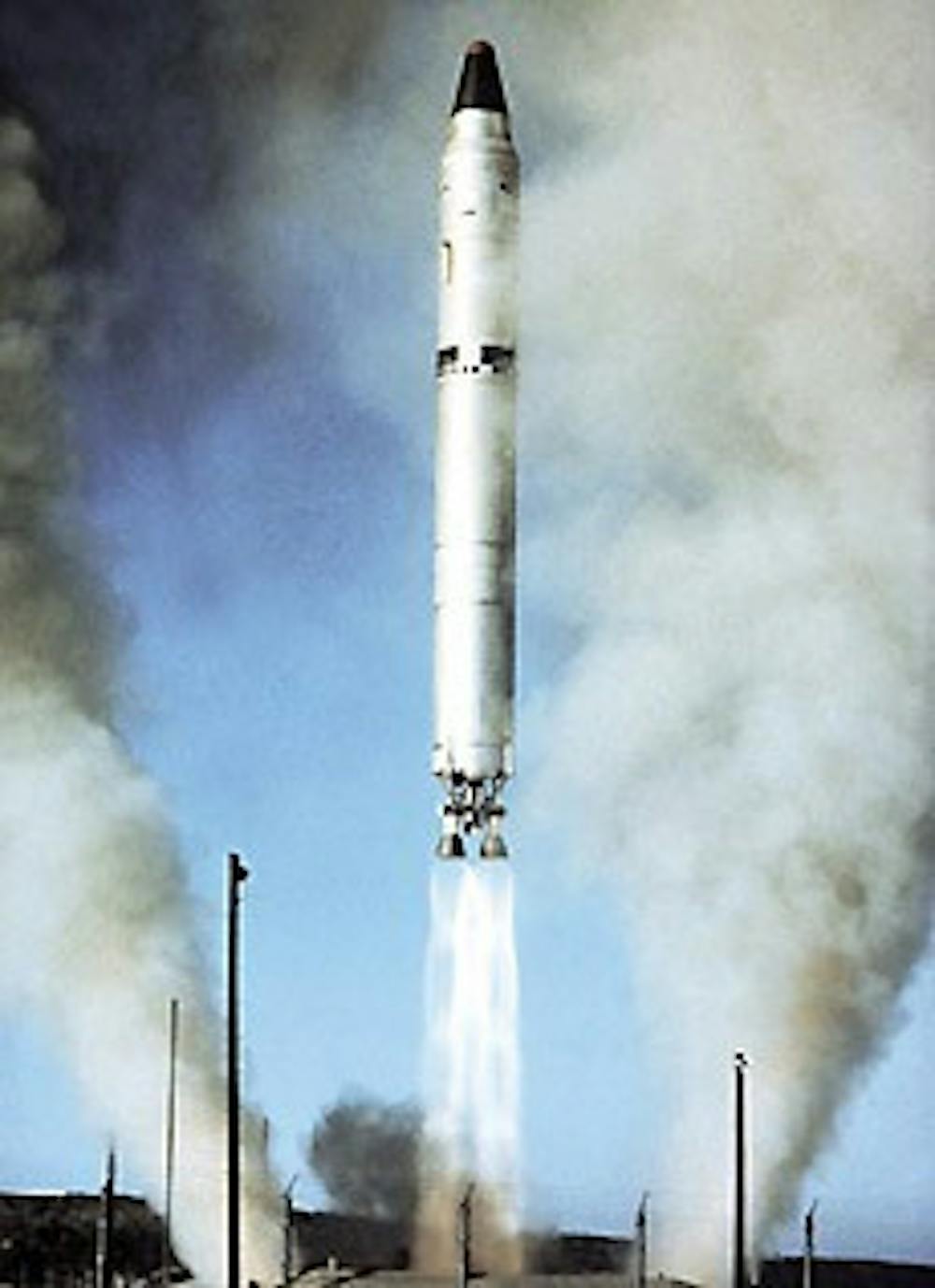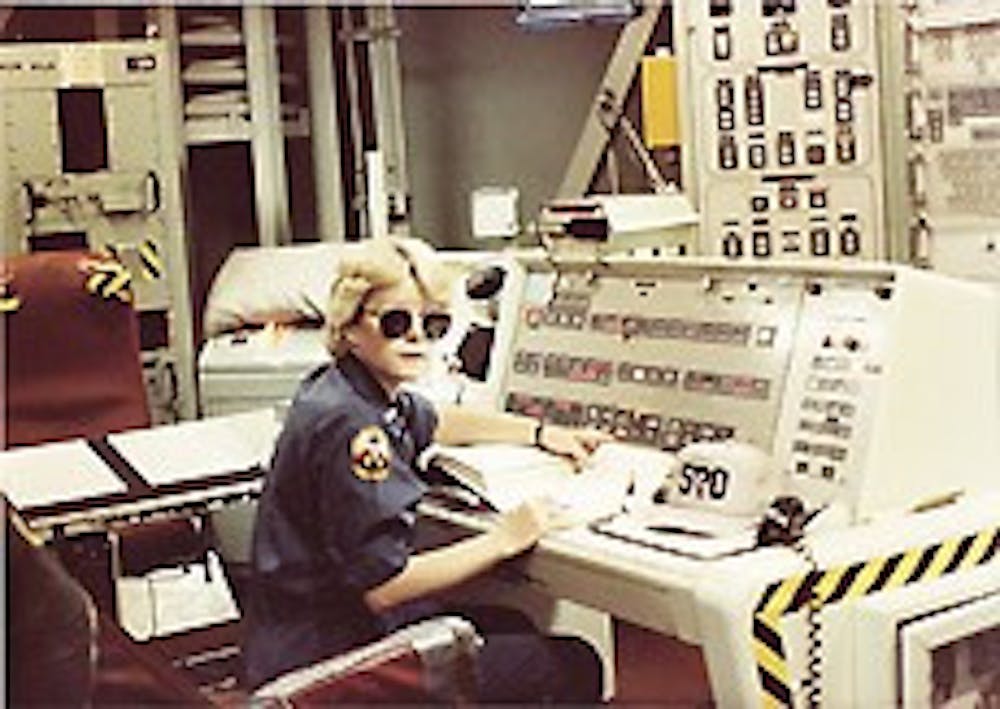Half of the earth crumbling off in a giant explosion seems like a cheap scene from every apocalyptic movie. But only decades ago, it was a real possibility, and Arizona holds the proof.
About two hours southeast of Tempe in Sahuarita, an 8-foot-thick silo holds one of the most destructive weapons the United States ever created. The Titan II Missile is a land-based, long-range weapon capable of delivering a nuclear warhead. It is a clear reminder that the Cold War posed a real threat of the world ending.
The missile is now part of the only museum in the country where the public has access to a Titan II missile site. After former President Ronald Regan announced the retirement of the Titan II program, all of the sites were closed down except for Arizona's. It was preserved and then reopened as a museum in 1986.
Complex 571-7, also known as the Titan Missile Museum, offers daily, hour-long tours of a Titan II launch complex. The basic tour takes a group above ground first and then underground into the control room and inside the missile silo. Special tours are also available but vary in price and require reservations.
Most of the tour guides are volunteers who are interested in the history of the missile, but fewer than a dozen of the guides are previous Titan II crew members. Bob Darcangelo was a former crew commander for four years at Complex 571-7, and he knows the serious damage the missiles could deliver. A deactivated, nine-megaton warhead sits on the tip of the missile and was once capable of producing a fireball three miles in diameter meant to hit a "large-area" target.
"You only have to be close in nuclear weapons and horseshoes," says Bob Darcangelo about the power of the warheads. "It makes a big explosion."
Another former crew commander is Museum Director Yvonne Morris. She says crew commanders used to oversee all operations at the missile site while watching over a missile for a 24-hour period called an "on alert." Duties ranged from enforcing safety procedures and cleanliness of the missile site to actually making sure the missile was ready to launch at any time.
"If we were ordered to do so, we would have launched the missile," Morris says.
What kept the missile from being launched was a strategic policy the U.S. developed called Mutual Assured Deterrence, or MAD. Morris says since both countries had nuclear capabilities and methods to detect and retaliate a first strike, a nuclear war would consist of both countries' missiles passing each other mid-flight on their destructive paths.
"It's basically mass suicide," Morris says. "Nobody wins a nuclear war."
Morris wants visitors to walk away knowing that the missile was part of helping preserve peace during the Cold War.
"This is not a war museum. It's not a memorial," Morris says. "It's a piece of history. It's a national historic landmark."





